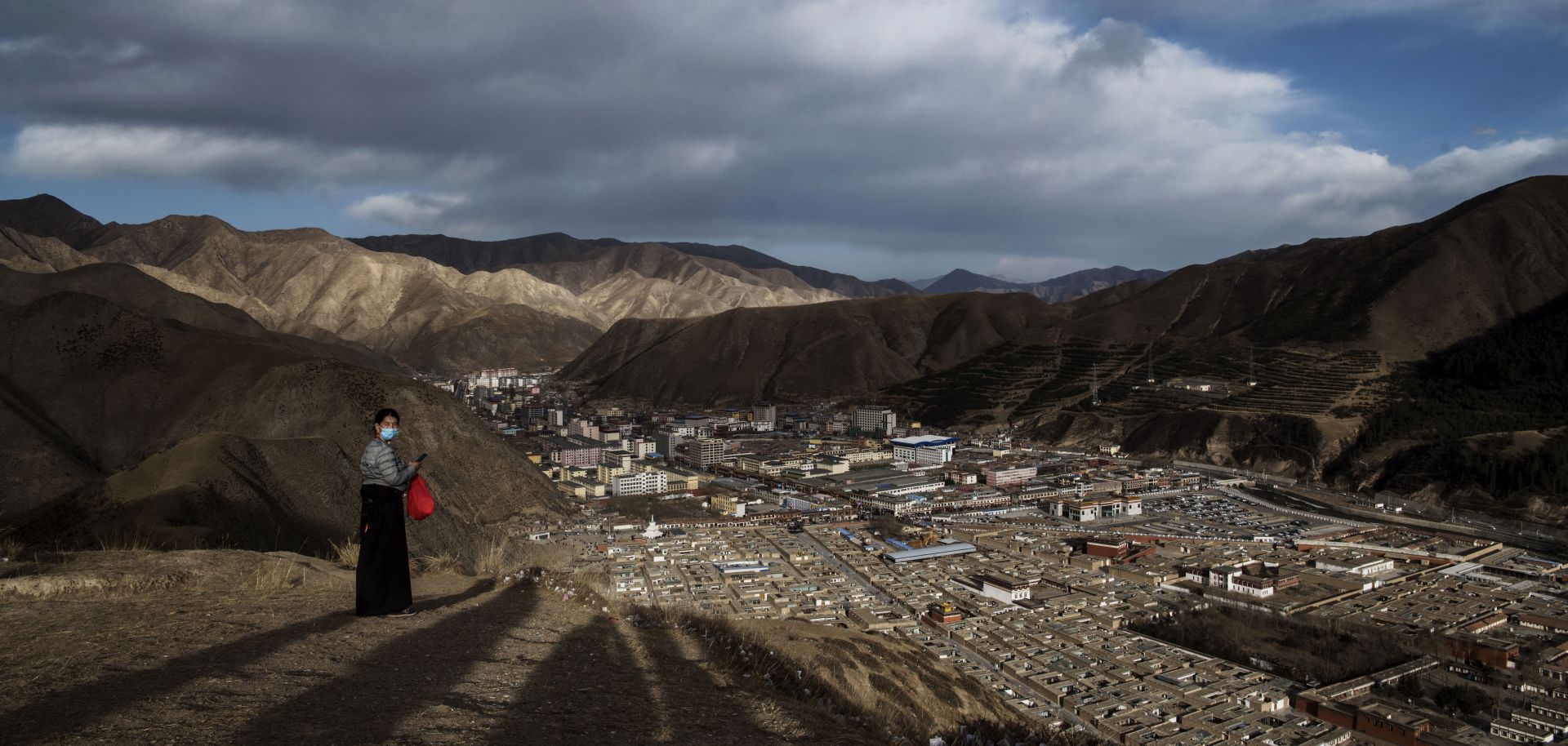According to the World Bank's most recent data in 2021, China's per capita GDP remains low by industrialized standards at $12,600 (the United States, by contrast, sits at $69,30). But at the provincial level, China's per-capita GDP in its wealthiest provinces is consistently more than four times higher than that in its poorest provinces with significant variation in between. For example, according to government data, the country's richest province of Beijing had a per capita GDP of $28,511 in 2021, while its poorest province of Gansu had a per capita GDP of $6,361. These regional disparities could prevent China from fully transitioning to a high-income economy, because while dynamic eastern cities like Beijing may individually be able to escape the middle-income trap, China's heavily populated interior risks being left behind -- raising the potential for social turmoil that could impede the country's ability to overcome its demographic decline and ultimately realize...


